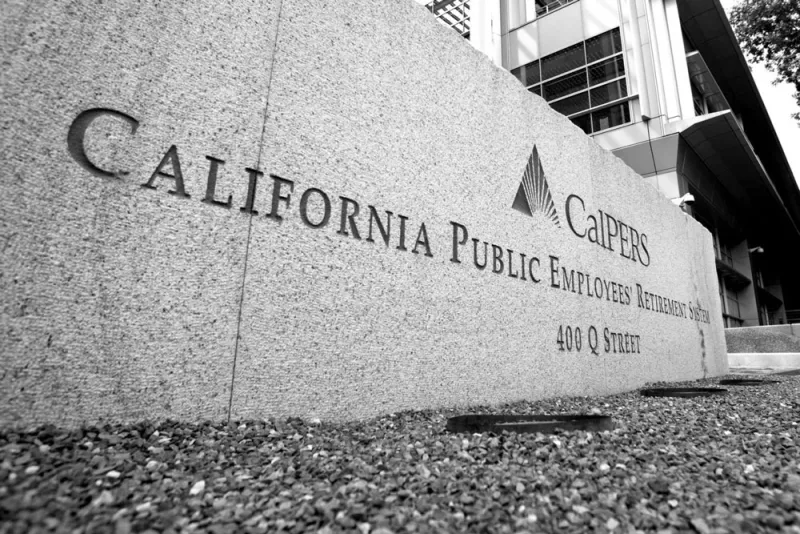The California Public Employees’ Retirement System ended its program to protect against stock-market crashes shortly before it likely would have paid off, the fund confirmed Thursday.
“We terminated explicit tail-risk hedging options strategies because of their high cost, lack of scalability, and the fact that there are better alternatives available to CalPERS,” Ben Meng, chief investment officer for the nation’s largest public pension fund, told Institutional Investor in a statement.
The timing may be painful, but Meng stands by the decision.
“At times like this, we need to strongly resist ‘resulting bias’ — looking at recent results and then using those results to judge the merits of a decision,” Meng cautioned. “We are a long-term investor. For the size and complexity of our portfolio, we need to think differently.”
CalPERS manages about $350 billion for California’s state employees from its Sacramento office complex. Meng took over the massive portfolio less than two years ago, as the U.S. stock market approached its longest-ever bull run.
[II Deep Dive: CalPERS Is Divesting From Active Equities. Its Peers Aren’t Following Suit.]
Rather than paying high fees — or “cash drag” — for portfolio insurance, Meng said CalPERS had other forms of crash armor in place. “The better alternatives include our risk segment works and enhanced balance-sheet liquidity management, and all of them are behaving as expected during the recent market rout: they are effective, cheaper, and much more scalable than explicit tail-risk hedging options strategies,” according to the CIO.
Unwinding the explicit hedging program cost CalPERS an estimated $1 billion payday, Bloomberg reported.






